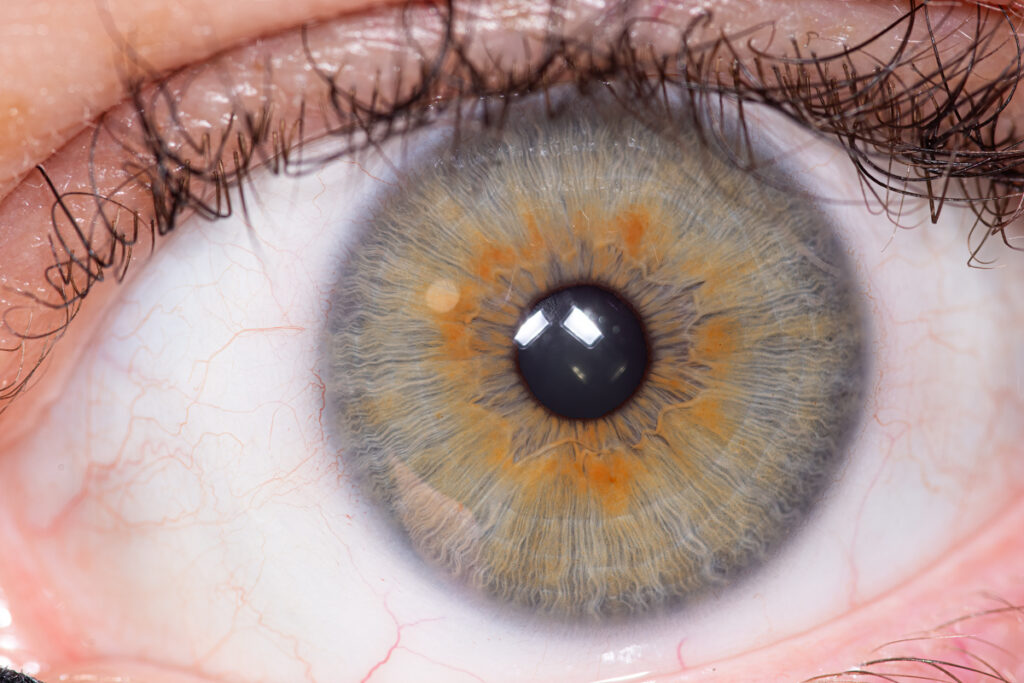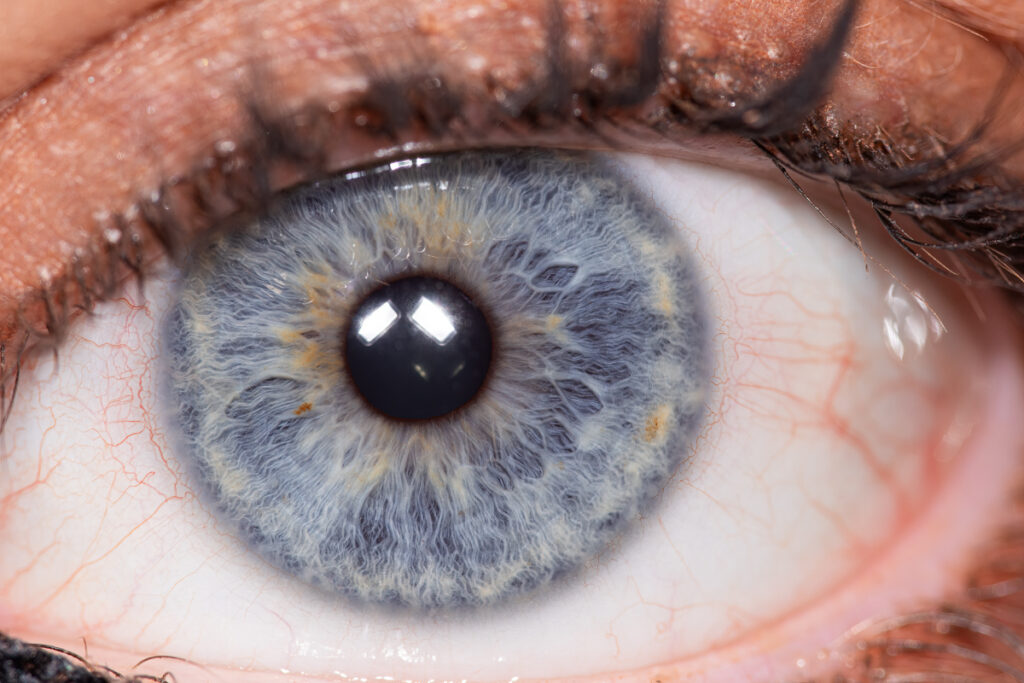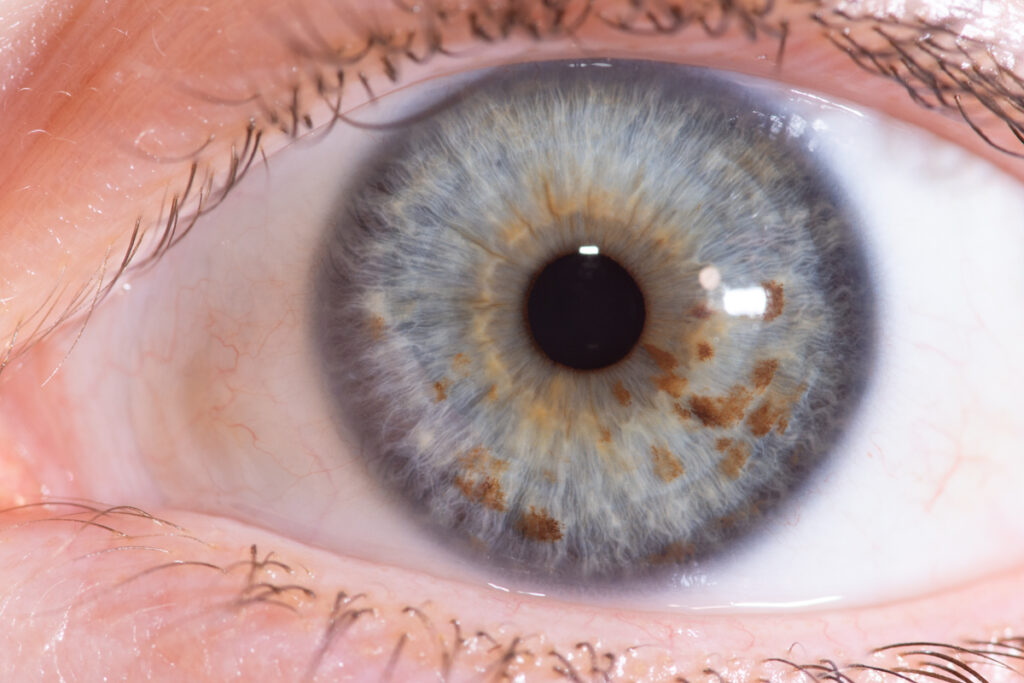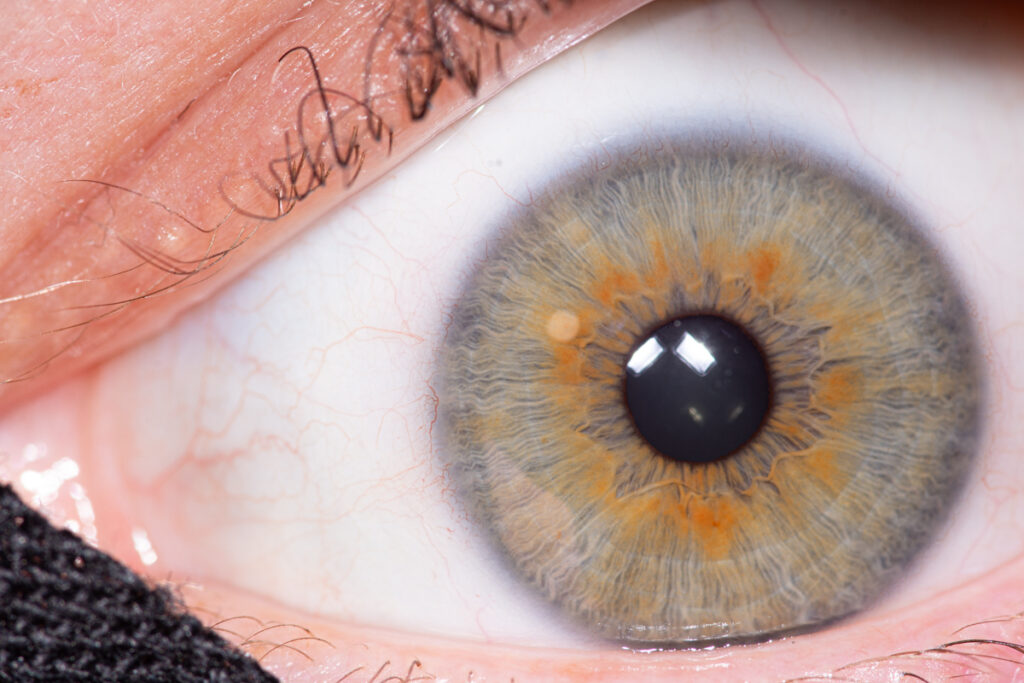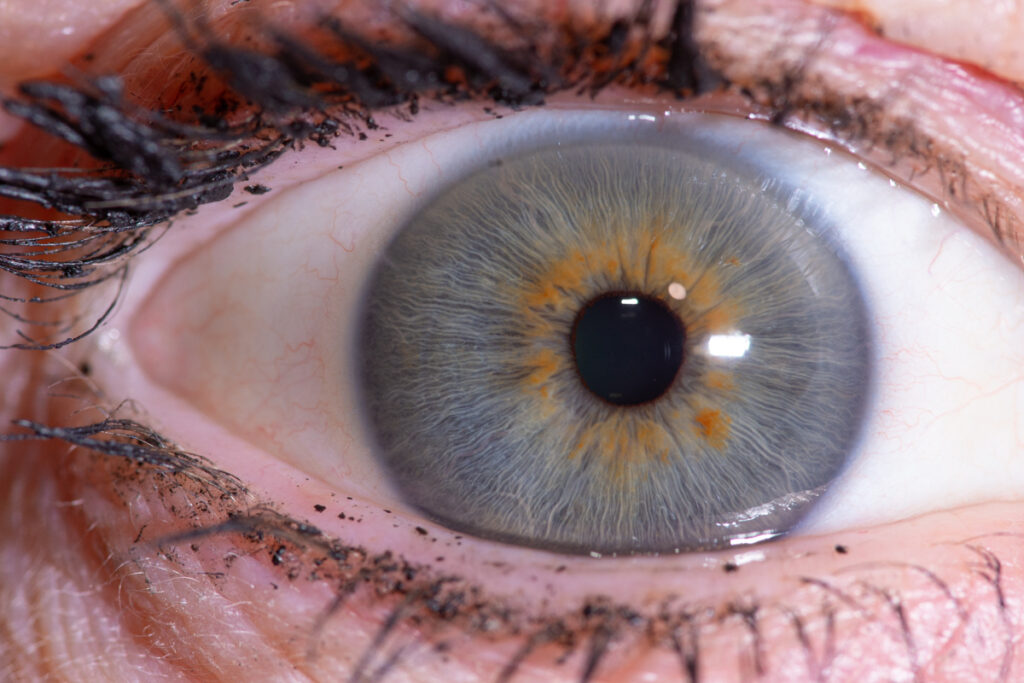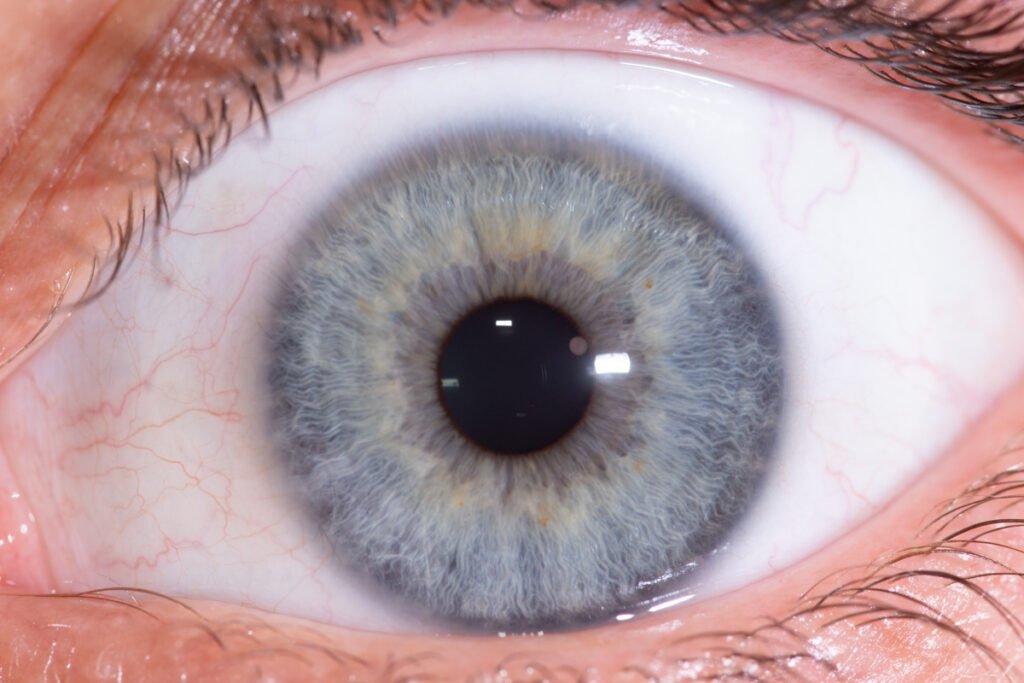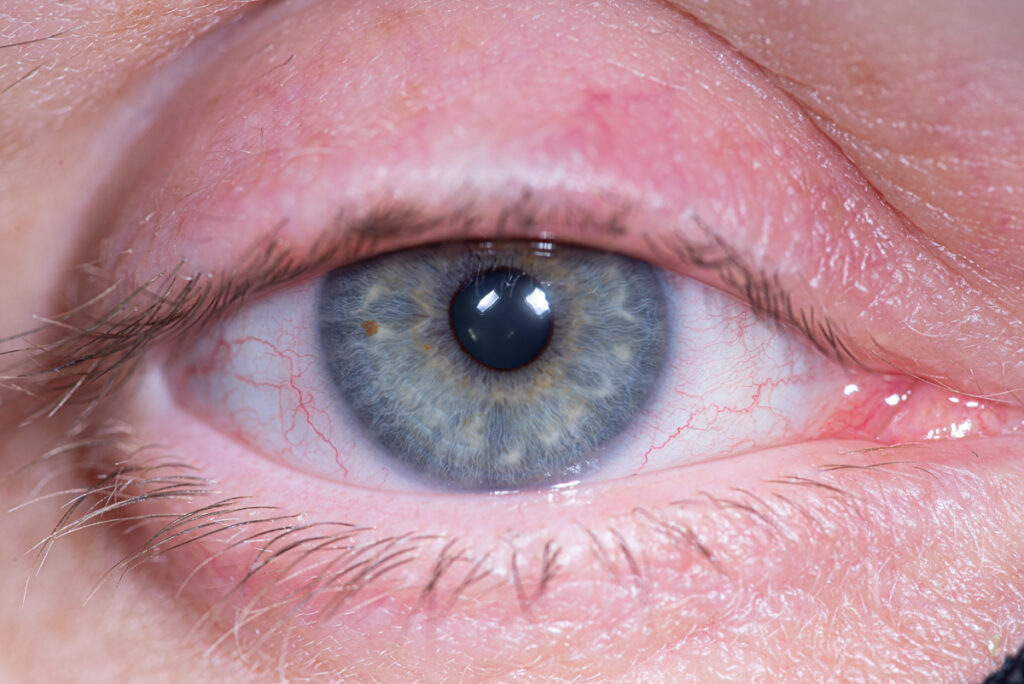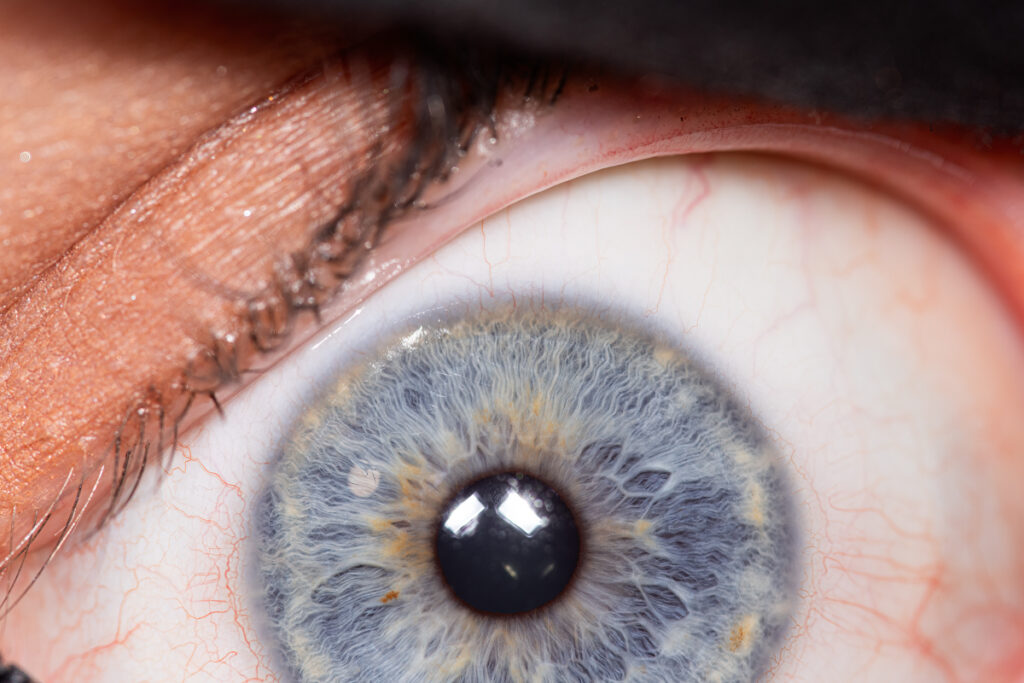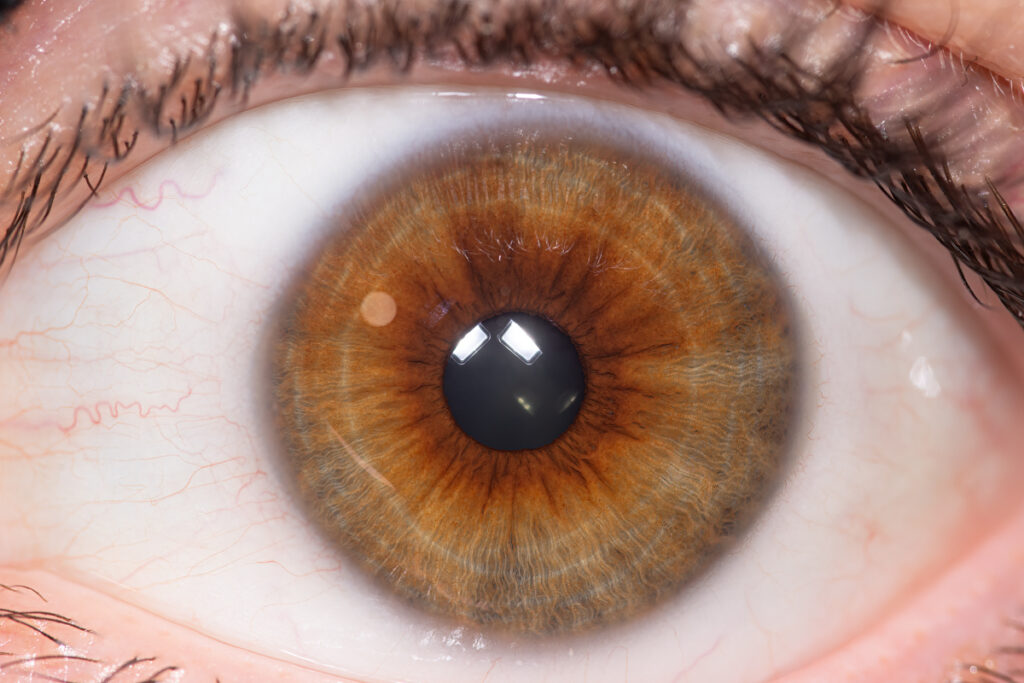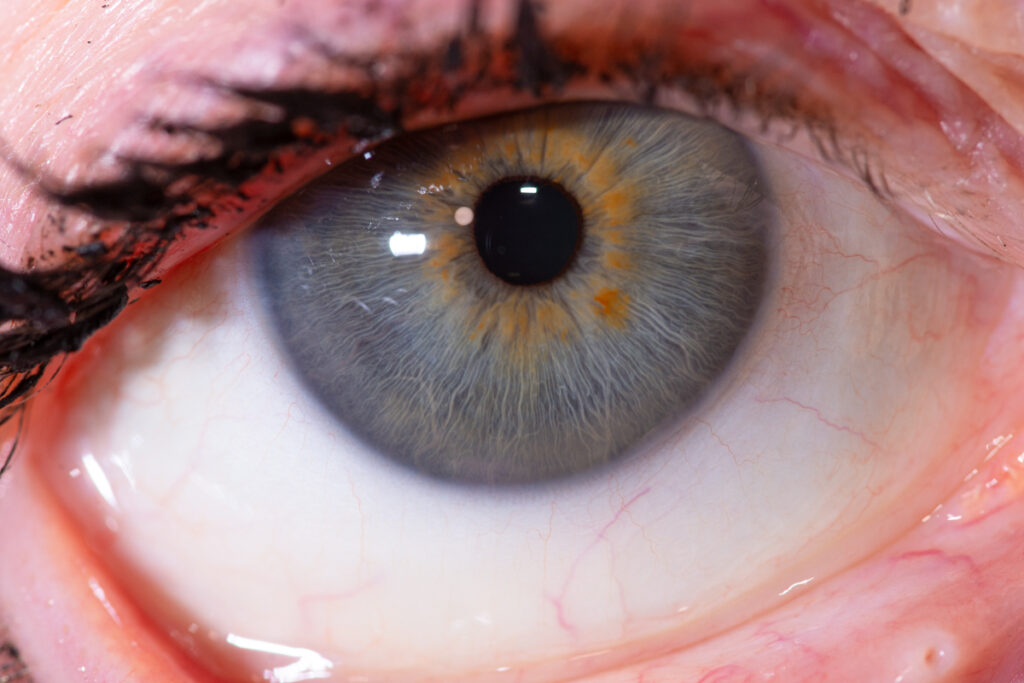We offer the service of taking high quality images for iridololy enthusiasts. We have specialist camera/lens and lighting equipment to be able to get all the details of your irises.
The cost is only £50 and you will be provided with four high quality images (2000 px on the long side). Please contact us at 0161 341 2074 to book. You can also book online if you click on this link: https://irisartphotographystockport.as.me/?appointmentType=56045932
What is Iris iridology?
Iridology, also known as iridodiagnosis or iridiagnosis, is a non-invasive diagnostic method that involves examining the patterns, colors, and other characteristics of the iris to gain insights into a person’s health. The practice is based on the idea that different areas of the iris correspond to specific organs and systems in the body. By analyzing these patterns, practitioners claim to identify potential health issues, nutritional deficiencies, and even emotional imbalances.
History of Iridology
The roots of iridology can be traced back to ancient civilizations, including the Chaldeans, Egyptians, and Greeks, who observed changes in the eyes related to health conditions. However, the modern development of iridology is often credited to a Hungarian physician named Ignaz von Peczely in the 19th century. Legend has it that Peczely accidentally discovered the relationship between the iris and the body when he observed a mark in the eye of an owl he had caught as a child.
Principles of Iridology
Iridologists believe that the iris is connected to the rest of the body through the nervous system. According to their principles, specific signs, colors, and markings in the iris are associated with different organs and bodily functions. For example, a dark spot or discoloration in a particular area of the iris might indicate a potential issue with the corresponding organ.
The iris is divided into zones, each representing different parts of the body. Iridologists use charts and maps to interpret these zones and provide insights into a person’s health. Additionally, the color of the iris and the presence of specific markings, such as lines, rings, and spots, are thought to reveal information about genetic predispositions, toxicity levels, and emotional well-being.
